Exploring the Evolution of Samurai Helmets: The Kabuto of Medieval Japan
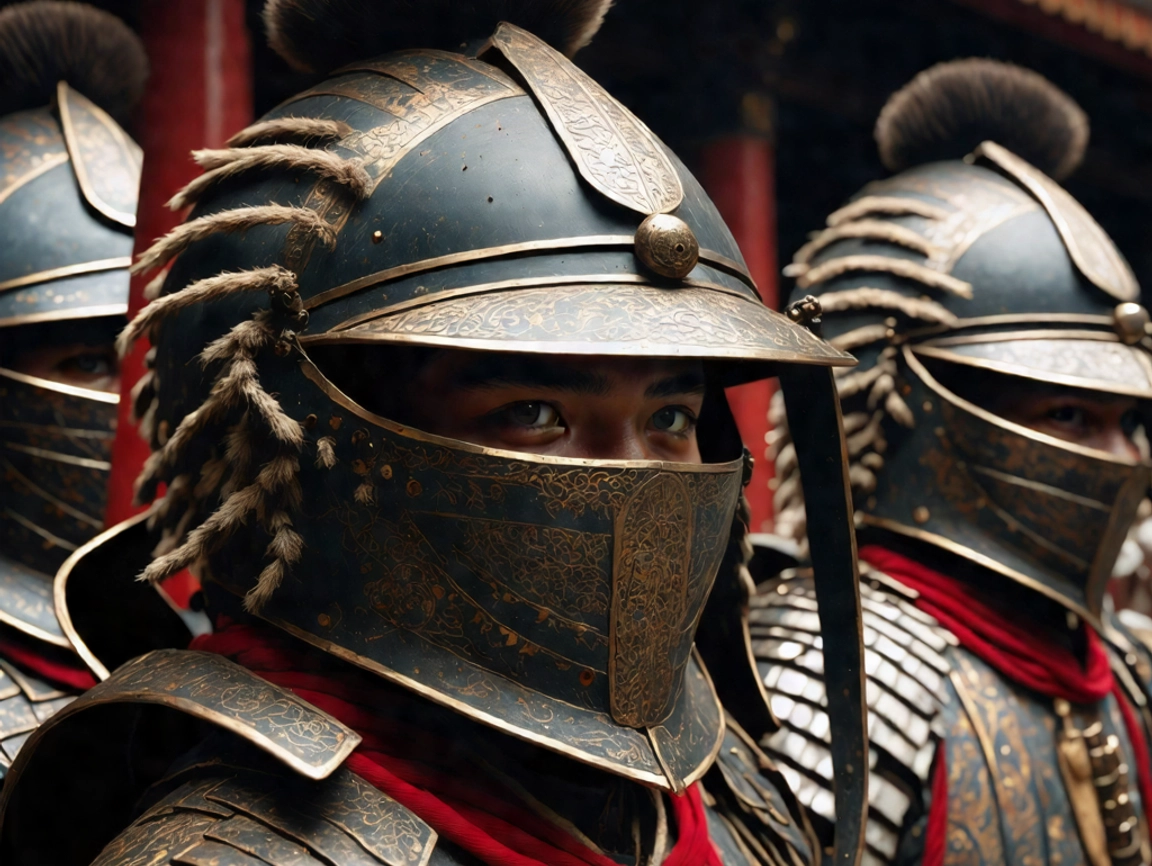
Samurai helmets, or Kabuto, stand as striking representations of Medieval Japan’s warrior culture, echoing tales of honor and valor. This article explores their evolution during the late Sengoku Period, a time marked by intense Samurai warfare, and uncovers notable examples that shaped history. Through a deep dive into distinctive designs and their historical significance, you’ll gain insights into how these helmets were crafted and personalized for their noble wearers.
As you journey through the world of Kabuto, you’ll discover a rich tapestry of symbolism, artistry, and the intricate details that made each helmet unique. The article also highlights key figures from history and their iconic headwear, showcasing the creative ornamentation that reflected both status and personality. Alongside this exploration, supplementary resources are presented for those eager to learn more about the fascinating realm of Samurai warfare and their helmets.
Introduction to Kabuto
Definition and Overview
Kabuto, the iconic helmets of the samurai, are not just protective headgear; they embody the spirit and artistry of Japan’s warrior class. Dating back to the feudal era, these helmets represent the pinnacle of craftsmanship and have become synonymous with the image of the samurai. With a variety of shapes and designs, kabuto helmets were designed not only for protection but also to intimidate foes on the battlefield. You can often recognize kabuto by their unique features, such as flaring crest elements, decorative attachments, and intricate designs.
Cultural Significance in Samurai History
In the realm of samurai culture, kabuto held deep cultural significance, symbolizing honor, status, and the warrior spirit. The samurai were not merely fighters; they were part of a class that upheld a strict code of conduct known as Bushido. Wearing a kabuto was akin to showcasing one’s social standing and warrior ideals. These helmets were often personalized to reflect individual characters, family lineage, and achievements, making them unique representations of their wearers.
Materials Used in Kabuto Construction
The construction of kabuto involved a range of materials, typically iron and leather, that were skillfully combined to create durable yet lightweight helmets. Artisans meticulously crafted helmets using sheets of metal, shaping them through techniques like hammering and riveting. The inner linings were often padded with cloth to provide comfort during extended wear. Decorative elements could include gold leaf, lacquer, and horns, elevating the kabuto from mere functional headgear to a work of art. Each material choice was deliberate, enhancing both the aesthetic appeal and practical utility of the helmet.
Historical Context of the Samurai
The Rise of the Samurai Class
The samurai class emerged during the late Heian period (794-1185) as a direct response to political upheaval and constant warfare in Japan. As landowners faced threats from rival clans, they employed samurai to protect their interests. Over time, the samurai became more than mere mercenaries; they forged a distinct identity that intertwined loyalty, military prowess, and noble values. This elevated status led to the development of a rich culture surrounding the samurai, including their attire, art, and the symbolism inherent in their weapons and armor.
The Sengoku Period: An Age of Warfare
The Sengoku period (1467-1603) marked a significant chapter in samurai history, characterized by near-constant military conflict among feudal lords (daimyo). It was a time of disunity, with various factions vying for control of land and power. The tumultuous environment spurred advancements in weapons and armor, including the kabuto, which evolved to meet battlefield demands. During this era, the design of kabuto reflected the shifting dynamics of warfare, showcasing the warrior’s status and craftsmanship.
Famous Battles Influencing Kabuto Design
Key battles such as the Battle of Sekigahara in 1600 and the countless skirmishes throughout the Sengoku period had profound impacts on kabuto design. These conflicts necessitated innovations tailored for combat scenarios, blending practical defense with distinct visual elements. Helmets were adapted to accommodate rapid movement and improve visibility while also embodying the fierce identities of their samurai wearers. The stories of these battles are instilled within the helmets, each kabuto carrying its own legacy.
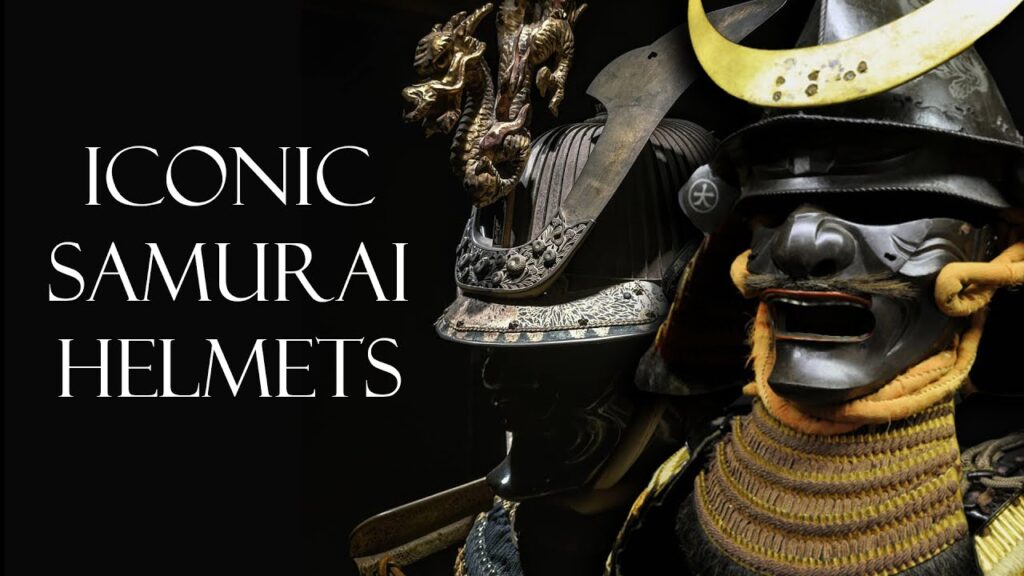
Evolution of the Kabuto Design
Early Styles: Akodanari Tsuji Kabuto
The earliest style of kabuto, known as the Akodanari Tsuji Kabuto, served as a foundation for subsequent designs. Characterized by its rounded shape and simple, elegant lines, this prototype was prevalent during Japan’s earlier military history. It provided adequate protection while maintaining relatively lightweight, which was crucial for battlefield effectiveness. As warfare evolved, so too did the demands placed upon samurai armor, leading to refinements in helmet design.
Transition to Zunari and Hochibachi Styles
Progressing from the Akodanari Tsuji Kabuto, newer styles such as the Zunari and Hochibachi kabuto emerged, showcasing a dramatic shift in both functionality and aesthetics. The Zunari kabuto featured a more streamlined, smooth form that allowed for improved armor jointing and comfort. The Hochibachi style went a step further by incorporating rivets and layered plates, offering exceptional durability. These advancements allowed samurai to adapt to various combat styles, enhancing maneuverability while maintaining protection.
Technological Advancements in Helmet Crafting
Throughout the Sengoku period, technological advancements in metallurgy and crafting techniques revolutionized kabuto production. Artisans began to utilize more intricate designs, adding complex crest ornaments, membranes, and protective visors. New welding and molding techniques made it possible to forge lighter yet stronger helmets, leading to a more comfortable fit for the wearer. The enhancements in construction paved the way for the uniquely artistic kabuto we admire today, reflecting the individuality of each samurai.
Characteristics of Samurai Helmets
Distinctive Shapes and Features
Kabuto are recognized by their distinctive shapes, incorporating styles such as the pointed, curved, and flared designs. Each shape served a specific purpose; for instance, pointed helmets helped deflect blows, while flared edges could intimidate opponents. Some designs even included elaborate crest formations that signified noble standings or clan affiliations. The design itself was a language, telling stories of lineage and aspirations through carefully crafted forms.
Ornamentation: Horns and Antlers
One of the most striking characteristics of kabuto is the ornamental features often attached to them, such as horns, antlers, or crests. These elements were not merely decorative; they symbolized the warrior’s status, ambitions, and even the battlefield persona they wished to project. In many cases, such adornments were deeply associated with particular clans or historical figures, making them integral to the kabuto’s identity.
Inscriptions and Their Meanings
Inscriptions were yet another way kabuto conveyed meaning. Many helmets bore family crests, battle mantras, or even quotes reflecting the samurai’s beliefs or aspirations. Such inscriptions served as both personal tributes and historical documentation, linking the helmet to the larger narrative of its wearer. They have become crucial artifacts for historians studying the zenith of samurai culture and identity.
Famous Examples of Kabuto
Kato Kyomasa’s Helmets
Kato Kyomasa, a notable samurai of the late Sengoku period, was renowned for his distinctive kabuto, which featured unique ornamentation. Kyomasa’s helmet showcased long extensions that not only stood out visually but also conveyed his status and military prowess. Intricate designs accompanied his kabuto, including emblems representing his family. Today, his helmets are celebrated as masterpieces, symbols of his legacy.
Honda Tarakatsu’s Notable Designs
Honda Tarakatsu, another eminent samurai, left behind a legacy of remarkable kabuto associated with his military conquests. His designs often showcased elaborate craftsmanship, reflecting both form and function. Honda employed symbols of loyalty and strength in his helmets, which were not only practical defense tools but also representations of his spirit as a warrior.
Kabuto of Toyotomi Hideyoshi and Tokugawa Ieyasu
Two of Japan’s most famous unifiers, Toyotomi Hideyoshi and Tokugawa Ieyasu, sported kabuto that embodied their respective narratives. Hideyoshi’s helmet was often ornate, reflecting his rise to power from humble origins, while Ieyasu’s kabuto emphasized strength and resilience, characteristic of his strategic approach to warfare. The craftsmanship of their helmets signifies not only their rank but also their legacies that shaped history.
Kabuto as a Symbol of Status
Personalization in Helmet Design
The kabuto was an extension of the samurai’s identity, frequently personalized to convey individual stories, values, and social standings. Personalization included unique crest designs, colors, and ornamentation, often serving as a visual representation of one’s heritage. This elaborate personalization made each kabuto unique, accentuating the samurai’s significance and individuality on the battlefield.
Influence of Lineage on Kabuto Features
Lineage played a significant role in kabuto design, as family traditions often dictated the elements incorporated into the helmet. Clans would have specific motifs, colors, and shapes that signified their history and values. As such, kabuto became a way for samurai to honor their ancestors, perpetuating family legacies through armor that represented collective stories.
Status Representation through Armor
The kabuto served as a status symbol within samurai society, representing wealth, power, and nobility. Helmets adorned with gold accents, intricate designs, or substantial ornamentation indicated the wearer’s high rank and accomplishments. The visual splendor of these helmets not only intimidated foes but also commanded respect among allies, reinforcing the hierarchical nature of samurai culture.
Sengoku Period’s Impact on Kabuto Development
Military Necessities Driving Design Changes
The Sengoku period drastically transformed the design of kabuto helmets due to the unpredictable nature of warfare. Military necessities, such as enhanced visibility, protection, and comfort during combat, led to a rapid evolution in helmet craftsmanship. Designers learned to balance aesthetic elements with practical requirements, resulting in helmets that were not only visually stunning but also suited for the brutal realities of battle.
Influence of Strategy on Helmet Shape
As military strategies evolved and battle tactics changed, so too did the design of kabuto. Specific shapes developed to align with strategic approaches, such as designs that favored aerodynamics for better maneuverability. The relationship between strategy and helmet form highlights how the kabuto was a crucial element of samurai warfare, adapting alongside the complexities of military conflict.
Survival and Protection in Combat Scenarios
The primary purpose of kabuto remained protection, and this was especially pertinent during intense battles of the Sengoku period. The development of designs that absorbed impact helped ensure survival in combat scenarios. Helmets incorporated features such as thicker materials and reinforced points, illustrating how the need for survival dictated kabuto evolution.
Collaborative Efforts in Samurai Research
Partnerships with Anthony Cummins
In modern scholarship, collaborations among historians and content creators bring forth detailed explorations of samurai culture, including kabuto helmets. Anthony Cummins, an expert on samurai history, has made tremendous contributions through his research and videos that delve into the intricate details of kabuto design and its broader historical significance, enriching your understanding of these fascinating artifacts.
Insights from Sengoku Studies
Collaborative endeavors with organizations focused on Sengoku studies, such as Scott’s channel, provide deeper insights into the nuances of samurai warfare. These partnerships present nuanced discussions highlighting the historical context, motivations, and tactics of samurai, allowing you to appreciate kabuto as integral components of a broader military system rather than isolated objects of art.
Collective Knowledge and Its Contribution to the Field
By pooling collective knowledge, historians and researchers are continuously shedding light on the many facets of samurai culture. This collaborative effort ensures that the art, history, and significance of kabuto are preserved and shared. Engaging with these insights can enhance your appreciation for samurai heritage, emphasizing the importance of understanding historical context in interpreting these magnificent helmets.
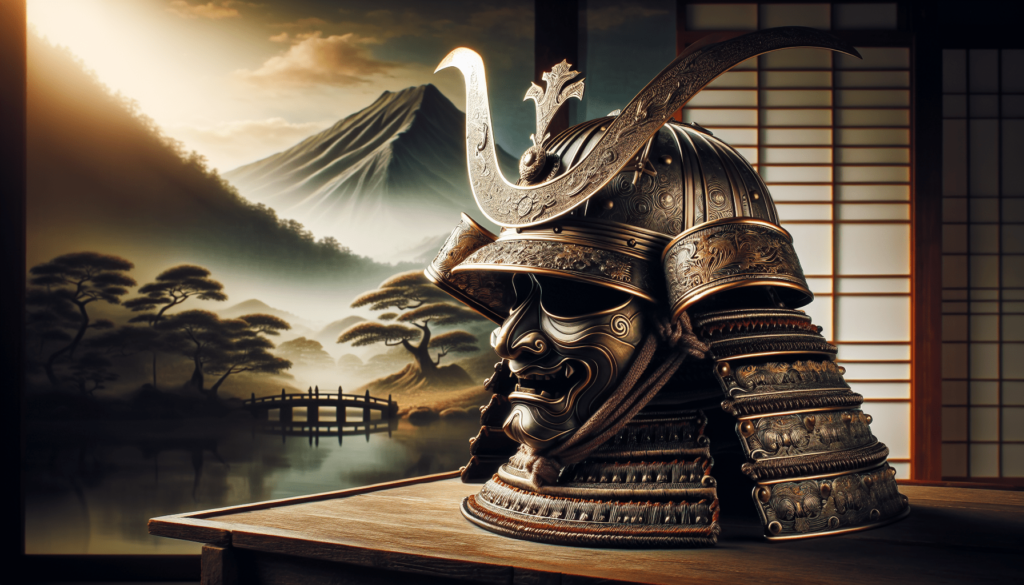
Modern Interpretation and Preservation
Current Applications of Kabuto in Pop Culture
Today, kabuto have transcended their original function and have found a place in pop culture, appearing in films, video games, and fashion. These modern interpretations often draw on the rich history and design of kabuto, captivating new audiences while maintaining connections to their samurai roots. This cultural relevance allows you to engage with samurai history in contemporary contexts, deepening your connection with the legacy of these warrior helmets.
Museum Exhibits and Art Representations
Kabuto are frequently featured in museum exhibits around the world, providing invaluable opportunities for you to explore their artistry up close. These exhibits celebrate the aesthetic and historical significance of these helmets, contextualizing them within the broader narrative of samurai and Japanese culture. Art representations—be they paintings, sculptures, or digital art—continue to inspire new generations and keep the legacy of kabuto alive.
Call for Modern Artists to Contribute
As kabuto hold historical depth, modern artists are encouraged to reinterpret these helmets through their unique lenses. Engaging with contemporary art movements allows for renewed appreciation and innovation, inviting you to explore how kabuto can inspire current artistic practices. This interaction between history and modernity ensures the enduring relevance of kabuto, as artists breathe new life into these storied relics.
Conclusion
Recap of Kabuto’s Evolution
In summary, the evolution of kabuto from simple protective gear to magnificent works of art illustrates the transformative journey of samurai culture. Each phase of development reflects not only technological advancements but also the socio-political dynamics of Japan’s warrior society. Kabuto continues to symbolize honor, bravery, and individuality, making it a vital aspect of samurai heritage.
The Enduring Legacy of Samurai Helmets
The legacy of kabuto endures, inspiring fascination and respect across the globe. They are reminders of a rich history steeped in valor and artistry, serving as cultural icons that evoke the heroism of the samurai. As you explore their stories and significance, you connect to the deeper narratives of history, tradition, and humanity.
Future Directions for Research and Appreciation
Looking forward, continuous research and exploration into kabuto will deepen our understanding of samurai culture. Scholars and enthusiasts alike can contribute to this narrative by engaging with the themes of identity, artistry, and historical context surrounding these helmets. Your appreciation will not only honor the craft embedded in kabuto but also celebrate the spirit of the samurai that lives on through these extraordinary symbols.
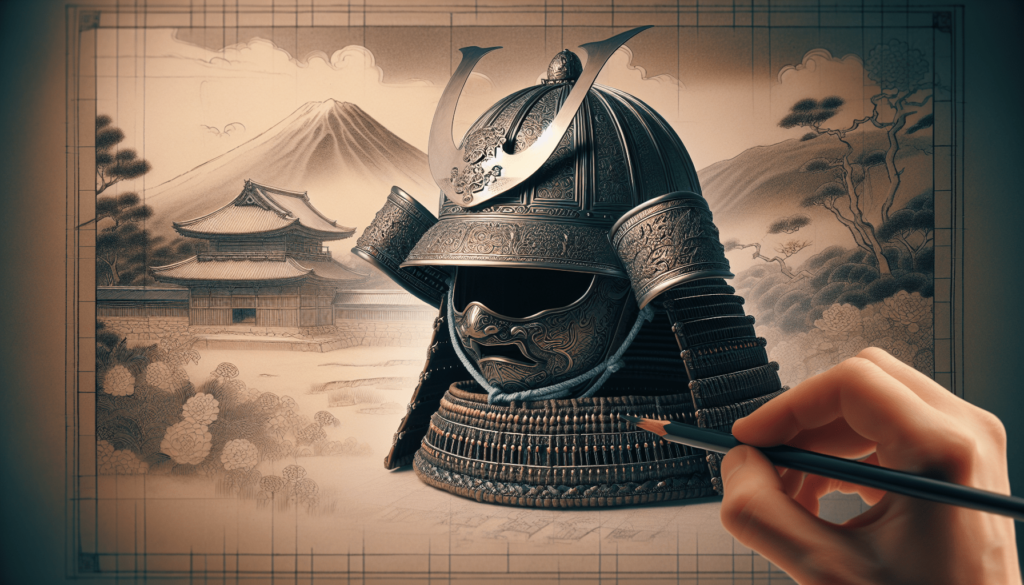



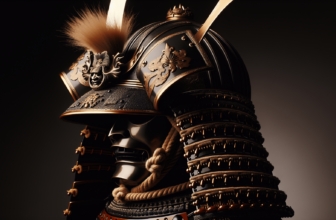
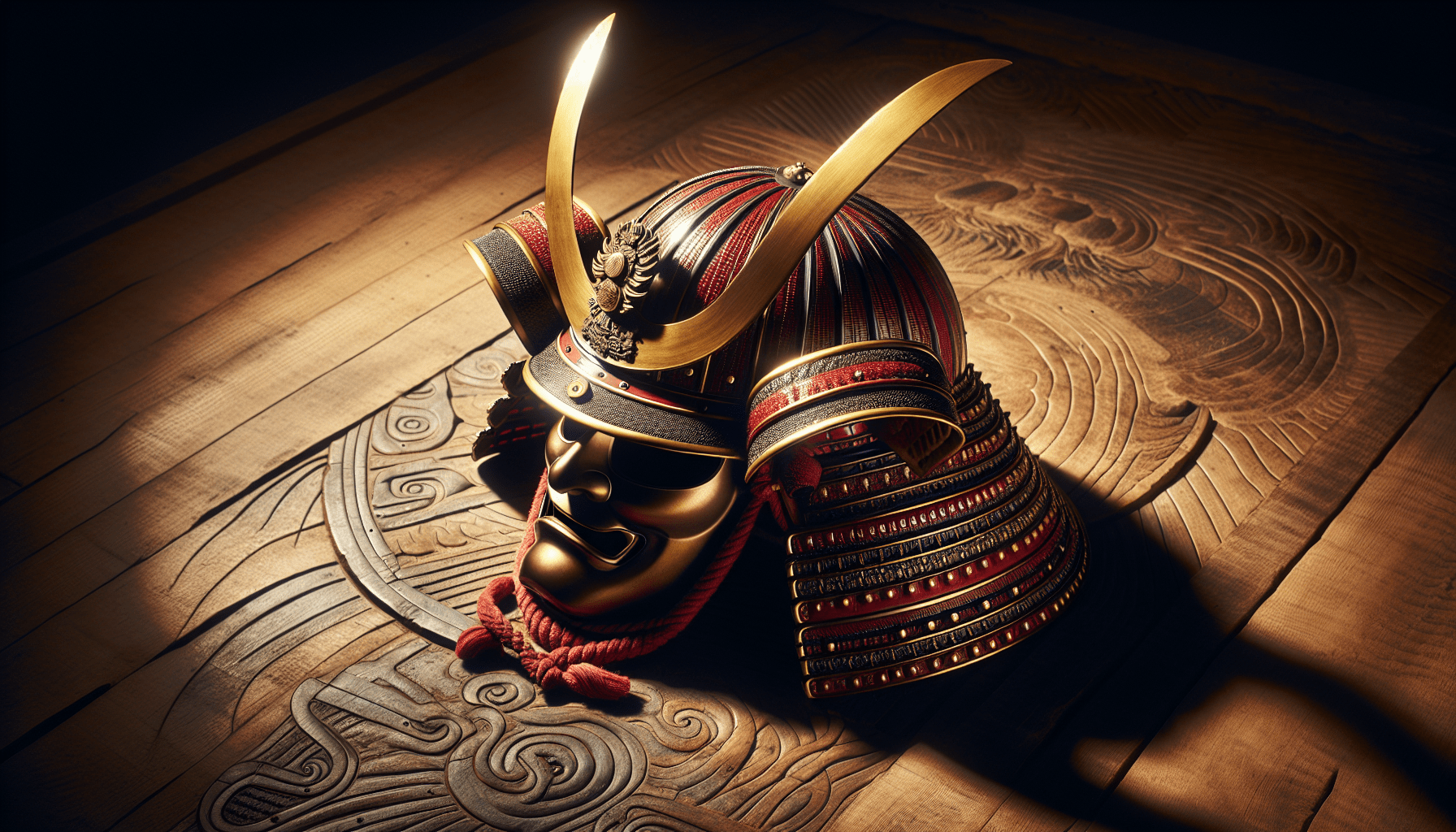
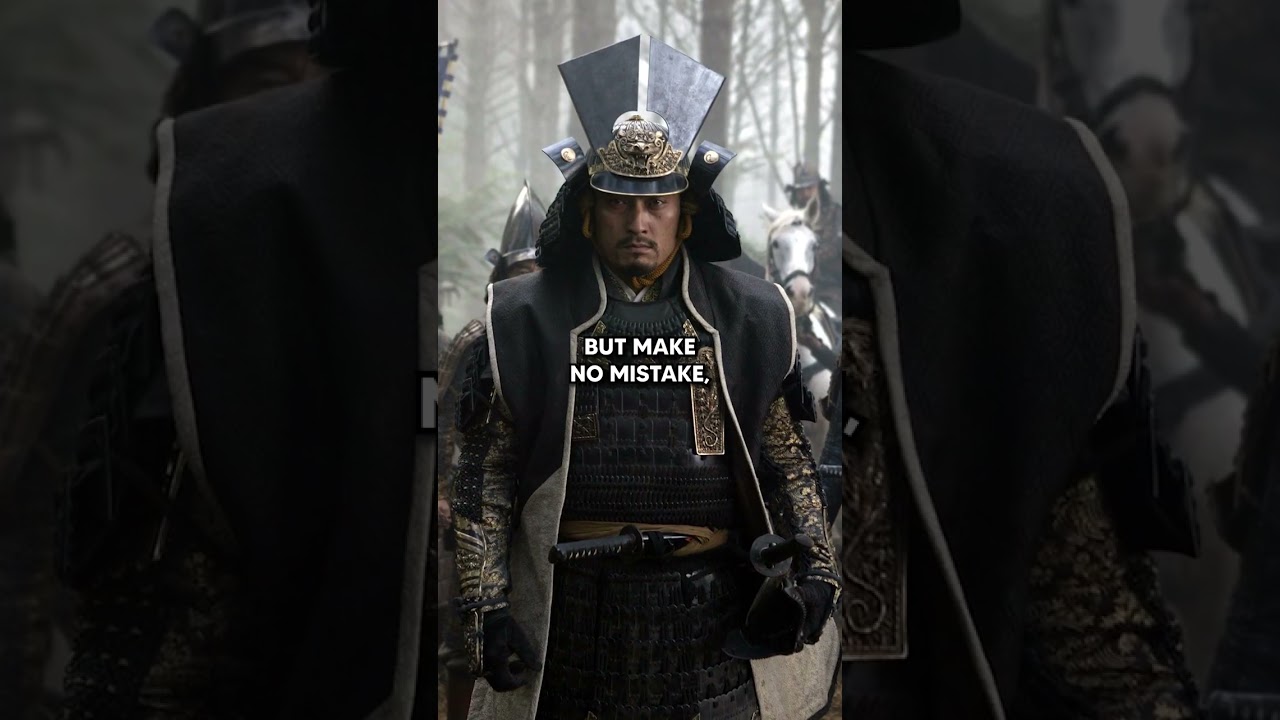
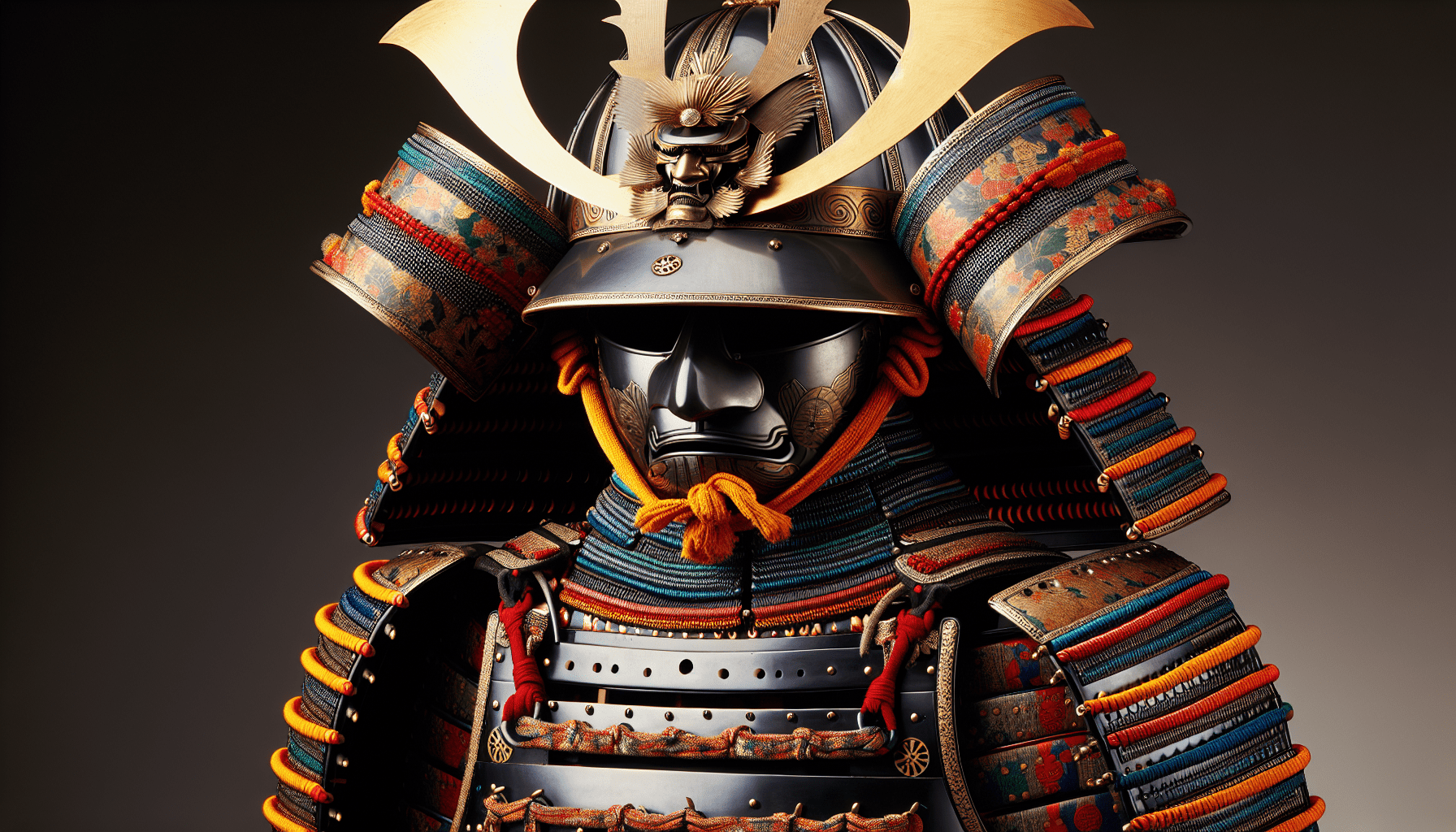

[…] you ever wondered how the iconic samurai helmets, known as kabuto, have transformed from their early designs to the intricate masterpieces we see […]